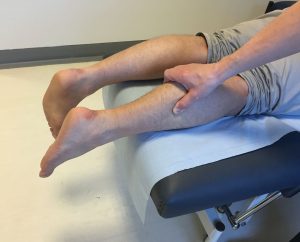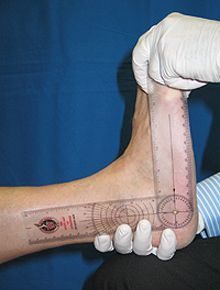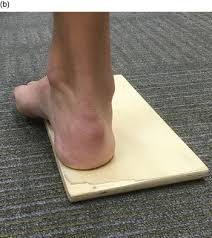
Merton Root (1915-1995) was an American podiatrist who made significant contributions to the field of podiatry, particularly in the area of biomechanics. He developed a systematic approach to the examination, diagnosis, and treatment of foot and ankle disorders that came to be known as the “Root method.”
The Root method emphasizes the importance of understanding the relationship between the foot’s structure and its function, and how abnormalities in one can affect the other. Root believed that proper diagnosis and treatment of foot disorders required a comprehensive understanding of these relationships.
Root was also a co-founder of the American Academy of Podiatric Sports Medicine and was instrumental in establishing podiatry as a recognized medical specialty in the United States. His contributions to the field of podiatry continue to be recognized and studied by podiatrists today.



